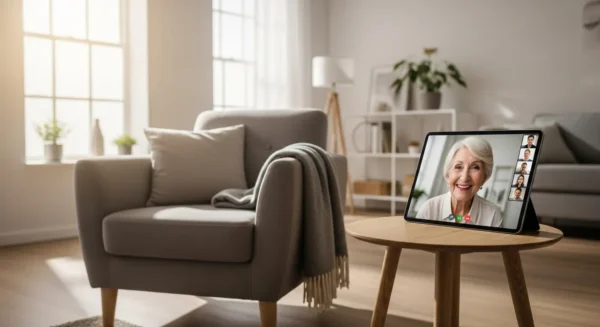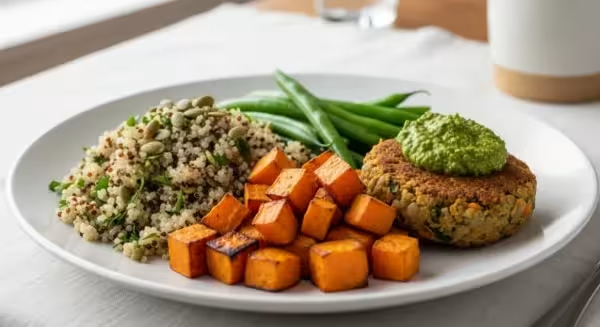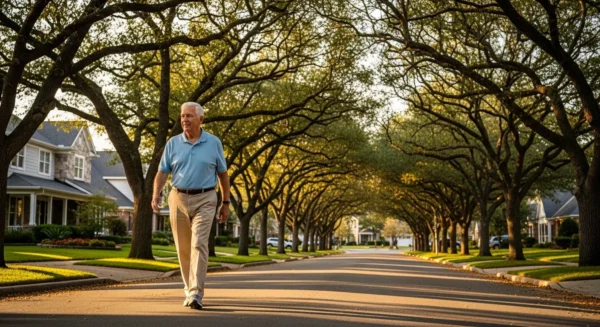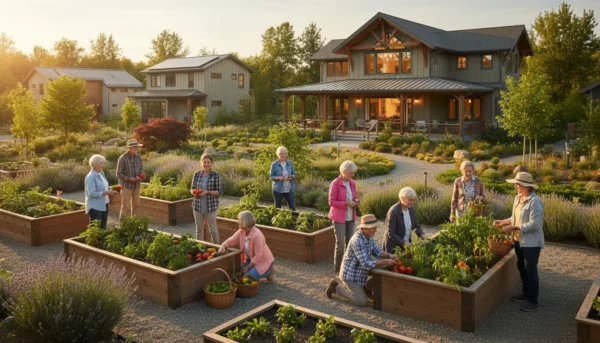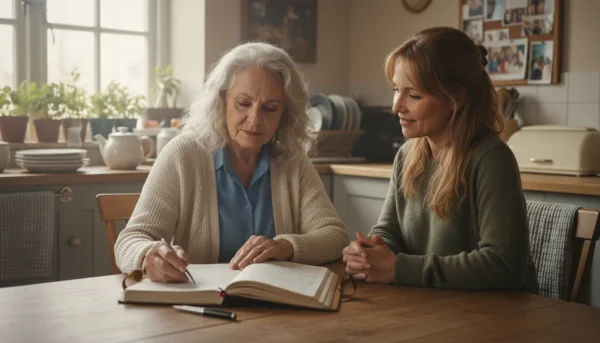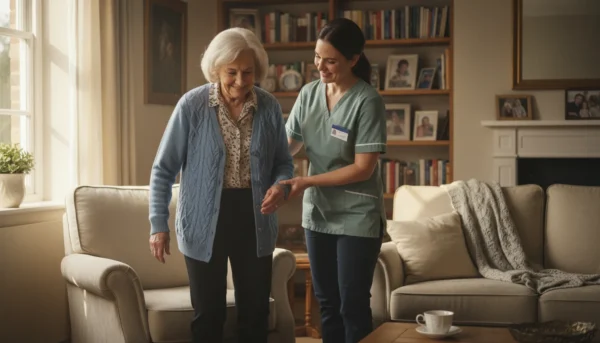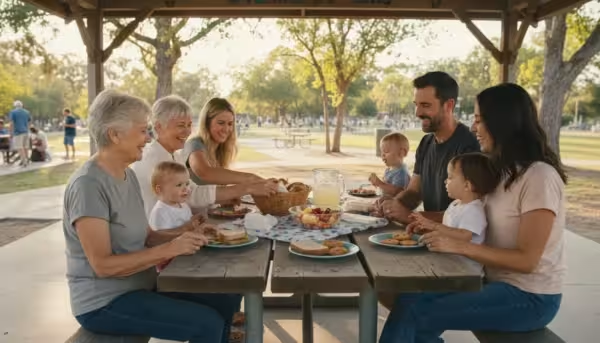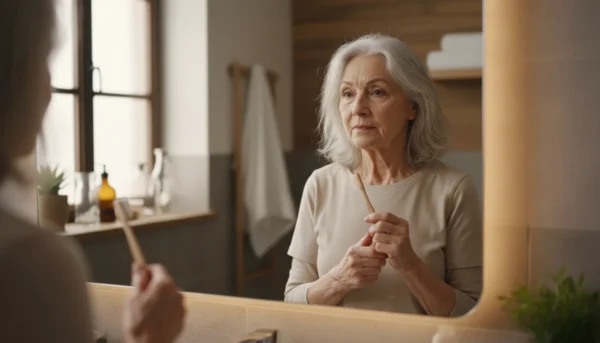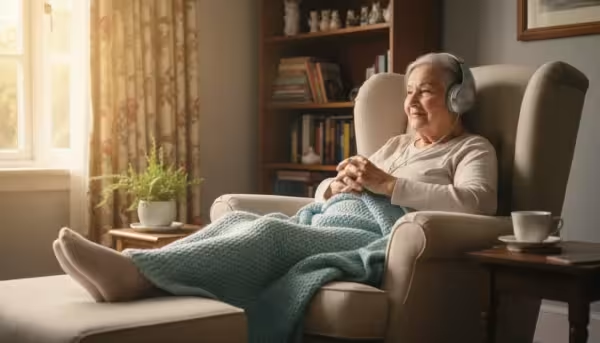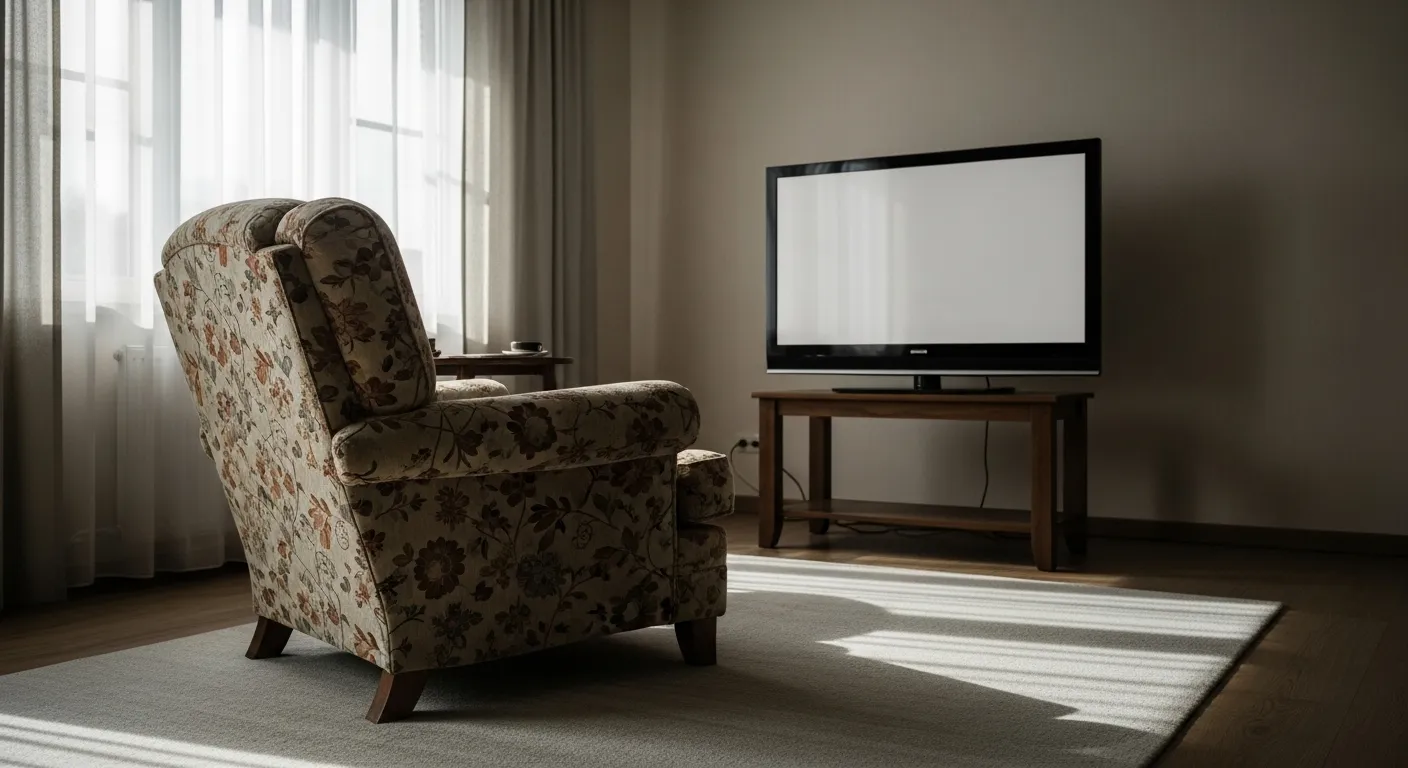
If you had told me three years ago that my greatest joy would come from dirt under my fingernails and the sweet smell of tomato leaves, I would have chuckled and changed the channel. Back then, my world had shrunk to the comfortable confines of my living room. My throne was a well-worn armchair, positioned perfectly for viewing old Westerns and taking long, unscheduled naps. My wife, Eleanor, bless her heart, had her book clubs and her bridge games, but my days of purpose felt long gone. I was 72, my knees creaked more than the floorboards, and my doctor had started using gentle but firm phrases like “sedentary lifestyle” and “blood pressure concerns.”
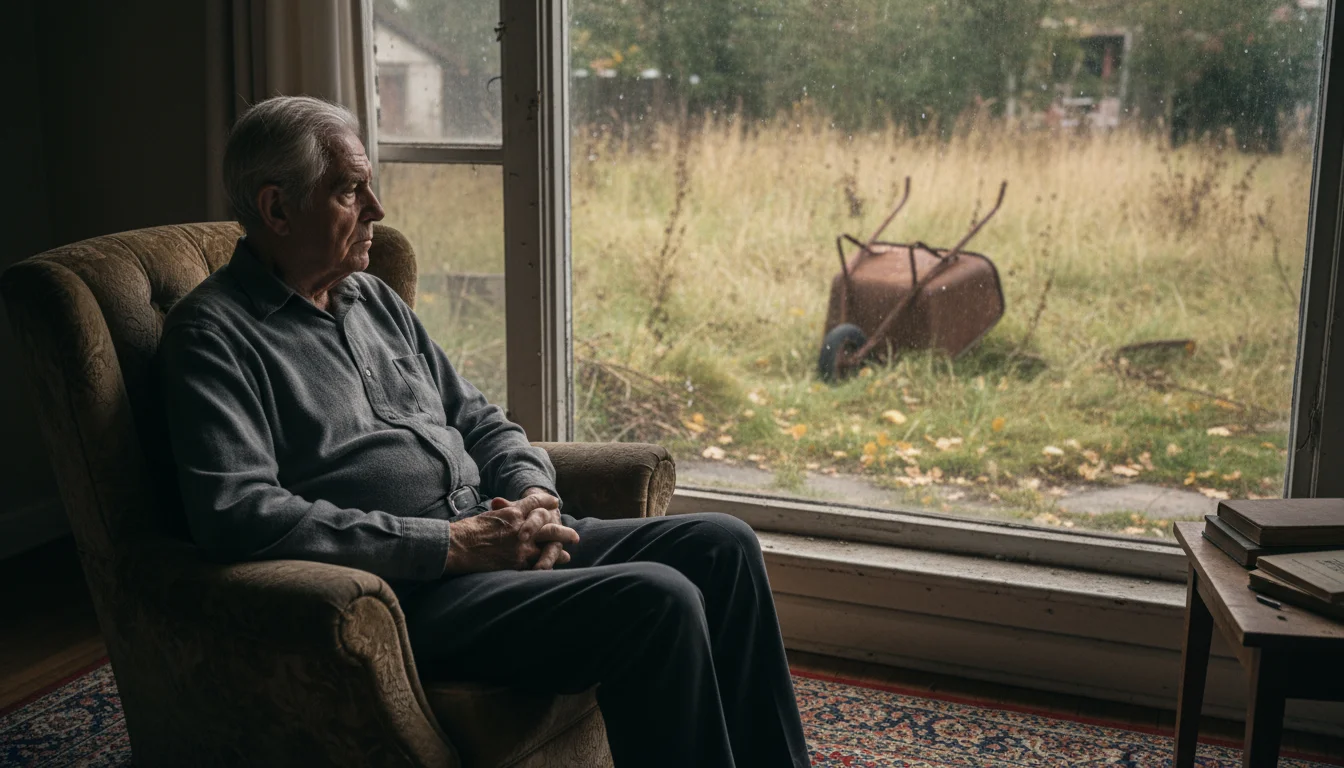
The Tyranny of the Armchair
Retirement, I’d discovered, was a double-edged sword. The freedom I had craved for forty years in an office had turned into a formless, gray expanse of time. My body and spirit had followed suit. Getting up felt like a major decision. A walk to the mailbox was my cardio for the day. I’d look out the back window at our yard, a space I’d once meticulously cared for, and see a testament to my own neglect. Weeds had staged a successful coup, the lawn was patchy, and a lonely, rusted wheelbarrow lay on its side like a fallen soldier. That yard was a perfect mirror for how I felt: overgrown with apathy and left to the elements.
I wasn’t unhappy, not exactly. I was just… settled. I had accepted this slow decline as the non-negotiable price of aging. Exercise sounded like a chore for younger folks, something that involved spandex and gyms and movements my body had long since forgotten how to do. I was convinced my chapter of active living was closed, and I was content, or so I told myself, to quietly read the epilogue from the comfort of my chair.
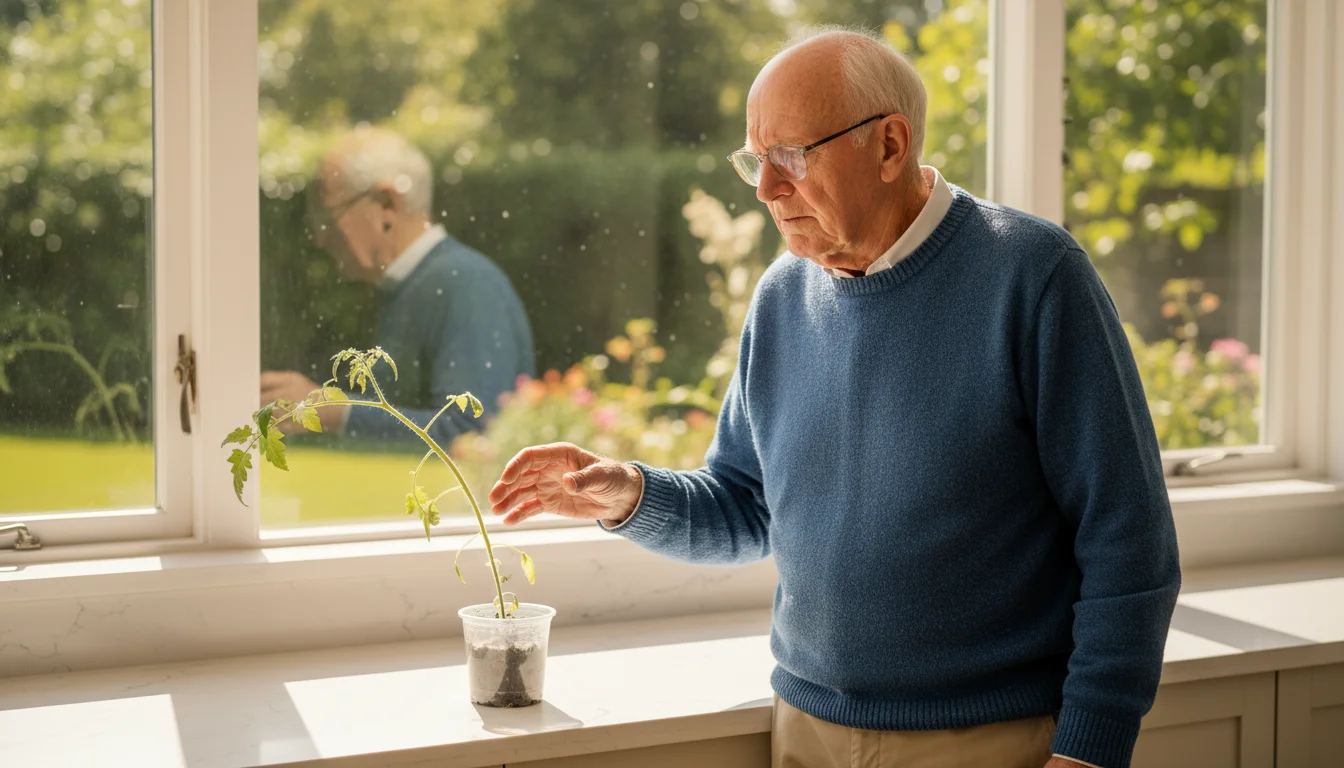
A Single, Stubborn Tomato Plant
The change didn’t come from a dramatic health scare or a sudden epiphany. It came in a small, four-inch plastic pot. Eleanor came home from the farmer’s market one Saturday with a single, rather gangly-looking tomato plant. “It was the last one,” she said, placing it on the kitchen counter. “Looked so sad, I couldn’t leave it behind.”
For days, it sat there. I’d walk past it on my way to the fridge and eye it with mild annoyance. It was another living thing I had no energy to care for. But the plant was persistent. It seemed to lean toward the window, straining for light. It looked, I thought, the way I felt—stuck, and desperate for a little bit of sun. Finally, one afternoon, spurred by a cocktail of boredom and guilt, I grumbled, “Alright, alright, I’ll find a pot for you.”
That was the first step on a journey I never intended to take. I rummaged through the shed, an archaeological dig that required bending and reaching. My back complained, but I found an old terracotta pot. I realized I needed soil, which meant a trip to the garden center. Driving somewhere other than the grocery store felt like an adventure. I walked the aisles, surrounded by the earthy smell of mulch and possibility. I bought one bag of potting soil and a small trowel. Back home, the simple act of filling the pot, gently easing the plant from its container, and patting the soil around its base felt surprisingly… good. It was a task with a clear beginning, middle, and end. When I was done, I placed the pot on the sunniest corner of our neglected patio. I had done something.
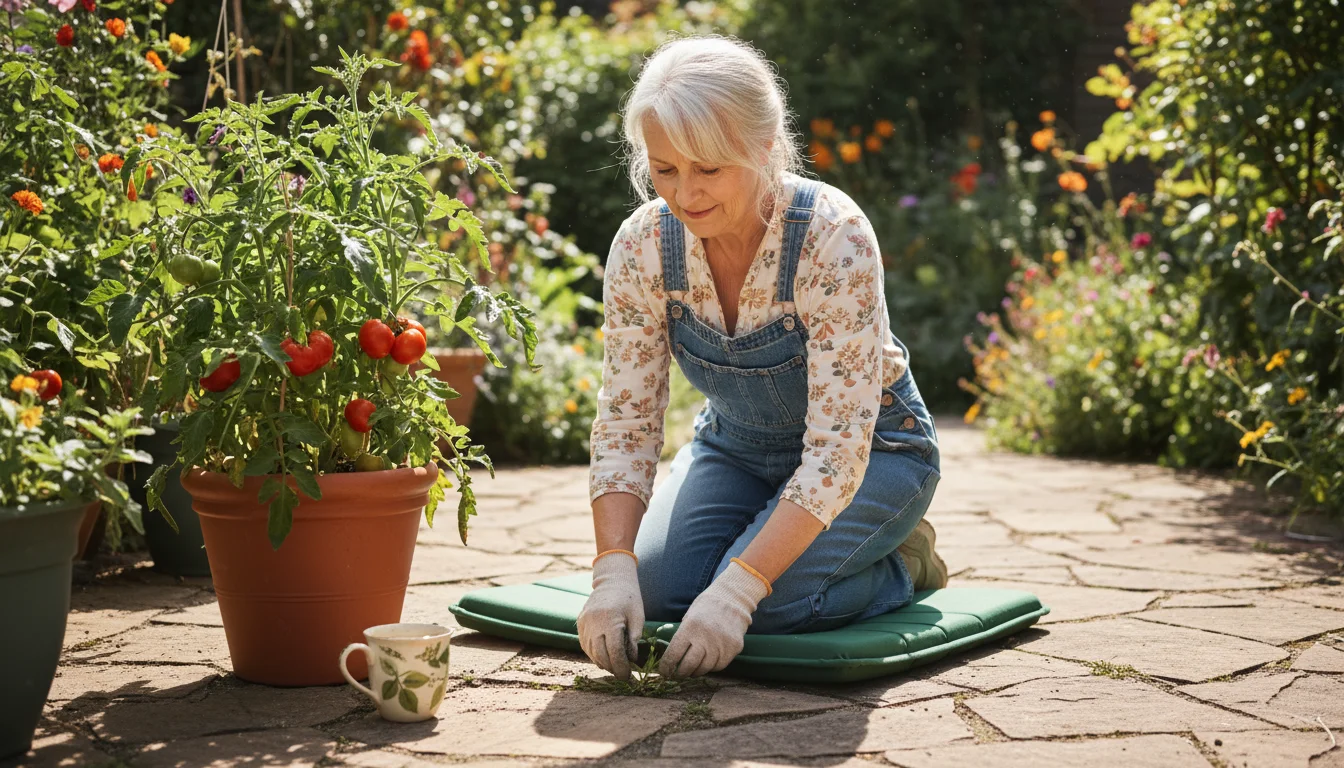
My First Battle with the Weeds
That one tomato plant created a routine. Every morning, I’d take my coffee out to the patio to check on it. I’d give it a little water. And as I sat there, I started to really see the chaos around it. A particularly brazen patch of dandelions was encroaching on the patio stones. “Well,” I thought, “while I’m here…”
I knelt, my knees protesting loudly, and pulled one. Then another. It was strangely satisfying. The next day, I spent ten minutes pulling more. This wasn’t a grand project to reclaim the yard; it was just a small, manageable skirmish. This was my first real taste of low-impact exercise. The slow, deliberate movements of kneeling, pulling, and reaching were gentle on my joints but still engaged my muscles. Some days my back would ache a bit, a reminder of my long dormancy. But unlike the sharp, discouraging pain of trying to do too much, this was a dull, honest ache of muscles being used again. Each small cleared patch was a visible victory, a tiny piece of order wrestled from the chaos.
I started to look forward to my ten minutes with the weeds. It was quiet time, just me and the earth. This, I would later learn, is the heart of therapeutic gardening—the way the focused, repetitive task can clear your mind and soothe your soul. I wasn’t thinking about my blood pressure or what was on TV later. I was just thinking about the next weed.

From One Plant to a Purpose
Then, the magic happened. A tiny, green nub appeared on the tomato plant. A flower bloomed, then another. And then, I saw it: a minuscule, pea-sized green tomato. I felt a jolt of pride that was completely out of proportion to the event. I had helped create this! I called Eleanor out to see it, beaming like a new father.
That tiny tomato lit a fire in me. If I could grow one, why not more? The idea of a full-fledged garden was still daunting, but what about a small, contained space? I started reading about gardening for seniors and discovered the wonder of raised garden beds. No more kneeling on the hard ground. I could build it to a height that was comfortable for me to sit or stand beside.
The project gave me a sense of purpose I hadn’t felt in years. I measured, I planned, I went back to the hardware store for lumber. Putting the bed together was a slow process, spread out over a week, but with each screw I drilled, I felt more capable. Filling it with soil was my biggest physical challenge yet. I’d shovel a few loads into that old, rusted wheelbarrow, push it across the yard, and dump it in. At first, one trip left me winded. But after a few days, I could do two, then three. I was building strength and stamina without even thinking about it as “exercise.”
I planted six more tomato plants, some zucchini, a row of lettuce, and a few basil plants. My little corner of the yard became my sanctuary. It was my lab, my gym, and my church, all in one.
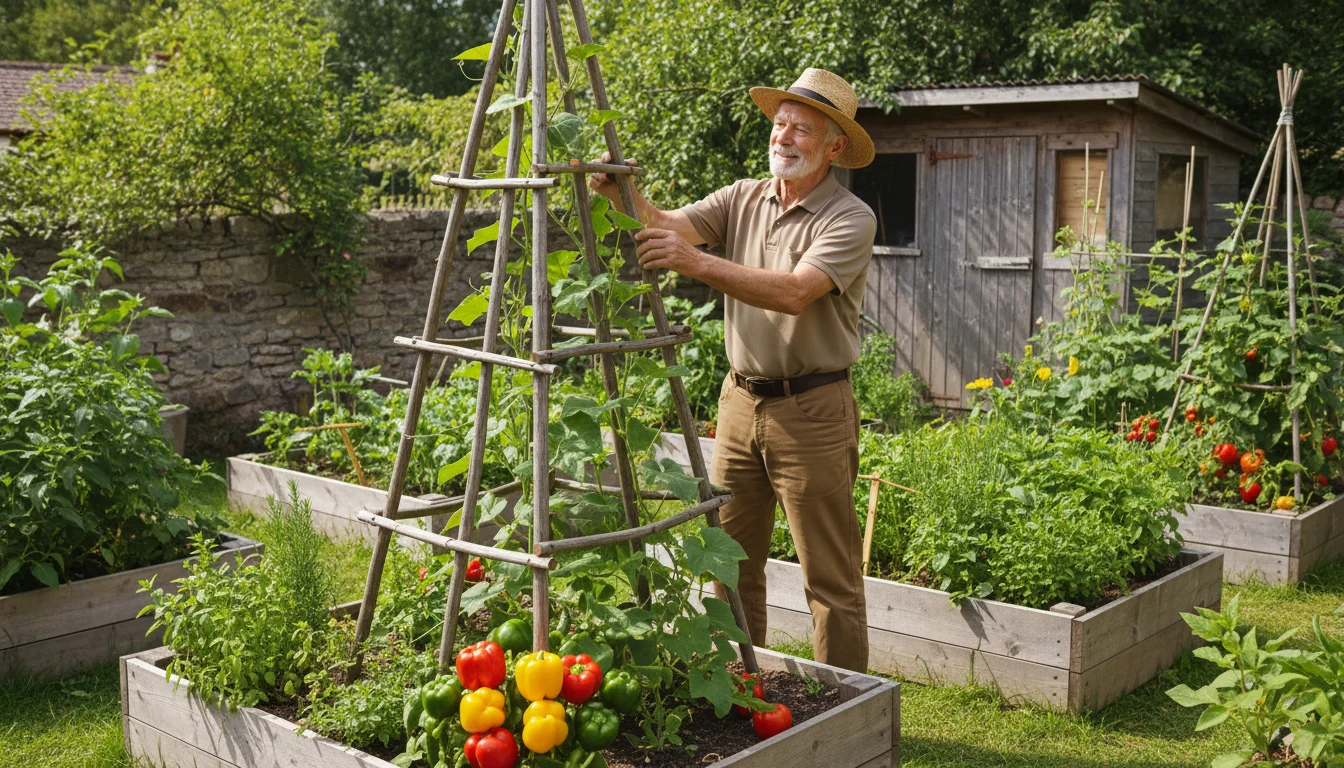
The Unexpected Harvest
Today, that single raised bed has multiplied into four. My yard is no longer a symbol of neglect; it’s a vibrant, thriving oasis of life. I have cucumbers climbing a trellis, bell peppers in every color, and more herbs than Eleanor knows what to do with. But the real harvest wasn’t the vegetables.
The true harvest was what the garden gave back to me. My morning stiffness has eased, replaced by a pleasant readiness for the day’s work. My balance is better, my grip is stronger, and at my last check-up, my doctor looked at my chart, then at me, and said, “Whatever you’re doing, Arthur, keep doing it.” The constant, gentle movement was the perfect medicine.
The well-documented health benefits of gardening turned out to be more than just physical. The mental stimulation of learning about new plants, fighting pests, and planning the next season has made my mind feel sharper and more engaged. The daily dose of sunshine and fresh air has lifted my mood in ways I can’t fully explain. I share my extra produce with neighbors, which has reconnected me to my community. We don’t just talk about the weather anymore; we talk about compost and heirloom varieties.
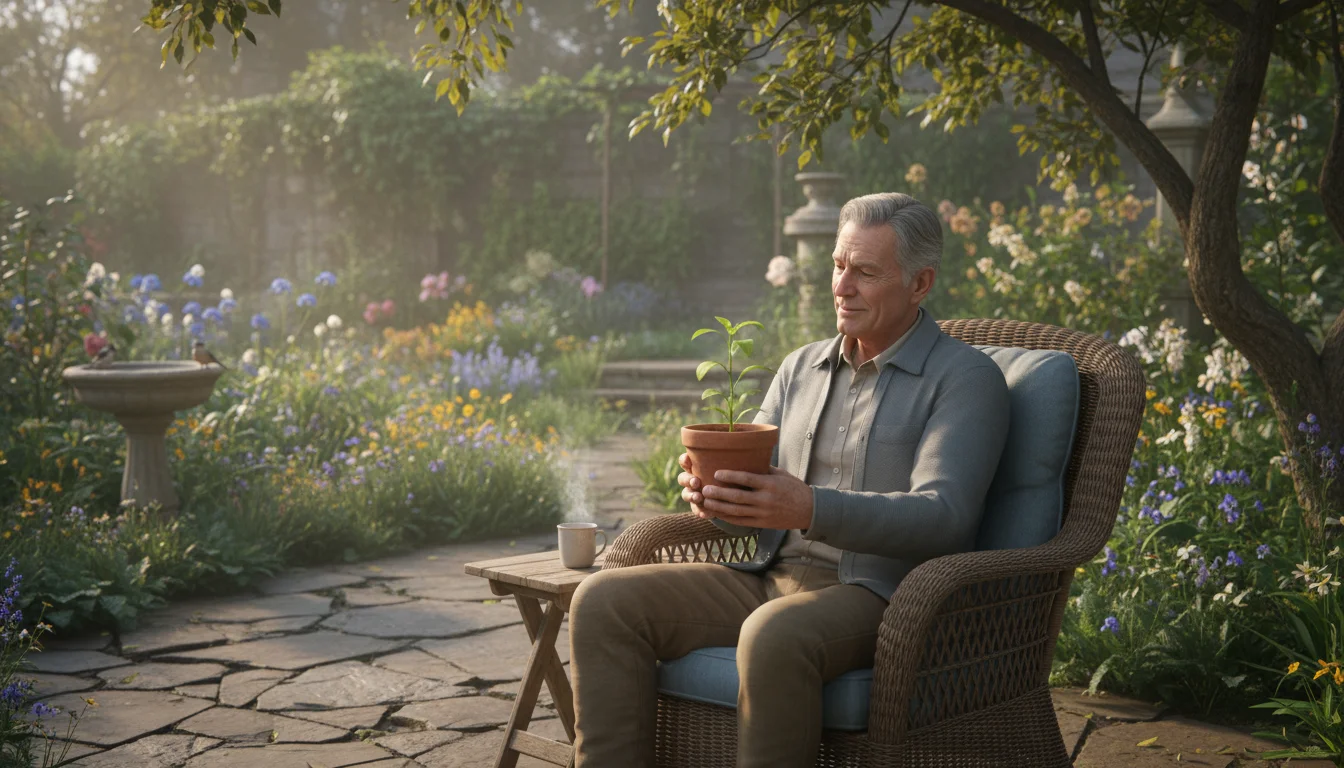
A Lesson Learned in the Dirt
Looking back, I see that my armchair wasn’t a throne; it was a cage I had built for myself. I thought my world had to get smaller as I got older, but my garden taught me that it can always expand. It taught me that purpose can be found in the smallest of things, and that it’s never, ever too late to grow.
If you’re reading this from your own comfortable chair, feeling like your best days are in the rearview mirror, let me offer this one piece of advice from an old man who’s been there. Don’t try to overhaul your life overnight. Don’t think you have to run a marathon. Just go buy one small plant. Put it in a pot. Give it some water and sun. See what happens. You might just find that as you tend to its growth, you are also tending to your own.
For expert guidance on senior health and finance, visit Consumer Financial Protection Bureau (CFPB), Administration for Community Living (ACL), Eldercare Locator and AARP.
|
Fact-Checked Content
Our editorial team reviews all content for accuracy and updates it regularly. Learn about our editorial process →
|

